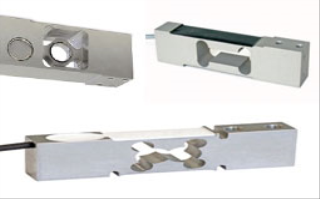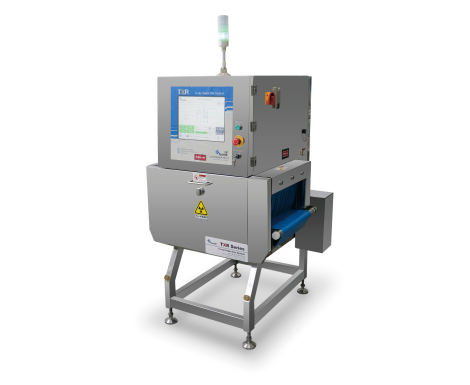Flow Wrapping: Basics & Machinery
Food items to cosmetics, gadgets, etc., everything needs packaging to become ready for retail. Traditionally, glass, metals, and plastics have been popular packaging materials. However, today's industries demand customization and economical packaging solutions. That's when flexible packaging comes to the rescue. As the name implies, flexible packaging generally includes those materials that are non-rigid. One of the major examples of flexible packaging is flow wrappers. What is flow wrapping? Flow wrapping is a process in which the product moves in a horizontal conveyor belt and is then wrapped in a thin plastic film and sealed at the end by the machine. This setup is also known as the horizontal flow wrapping machine. These packaging films are also called flow wraps since they technically wrap around the products to form a bag/pouch/packet. Flow wrappers have gained significant popularity in food processing and other industries because of the following benefits: Pr

